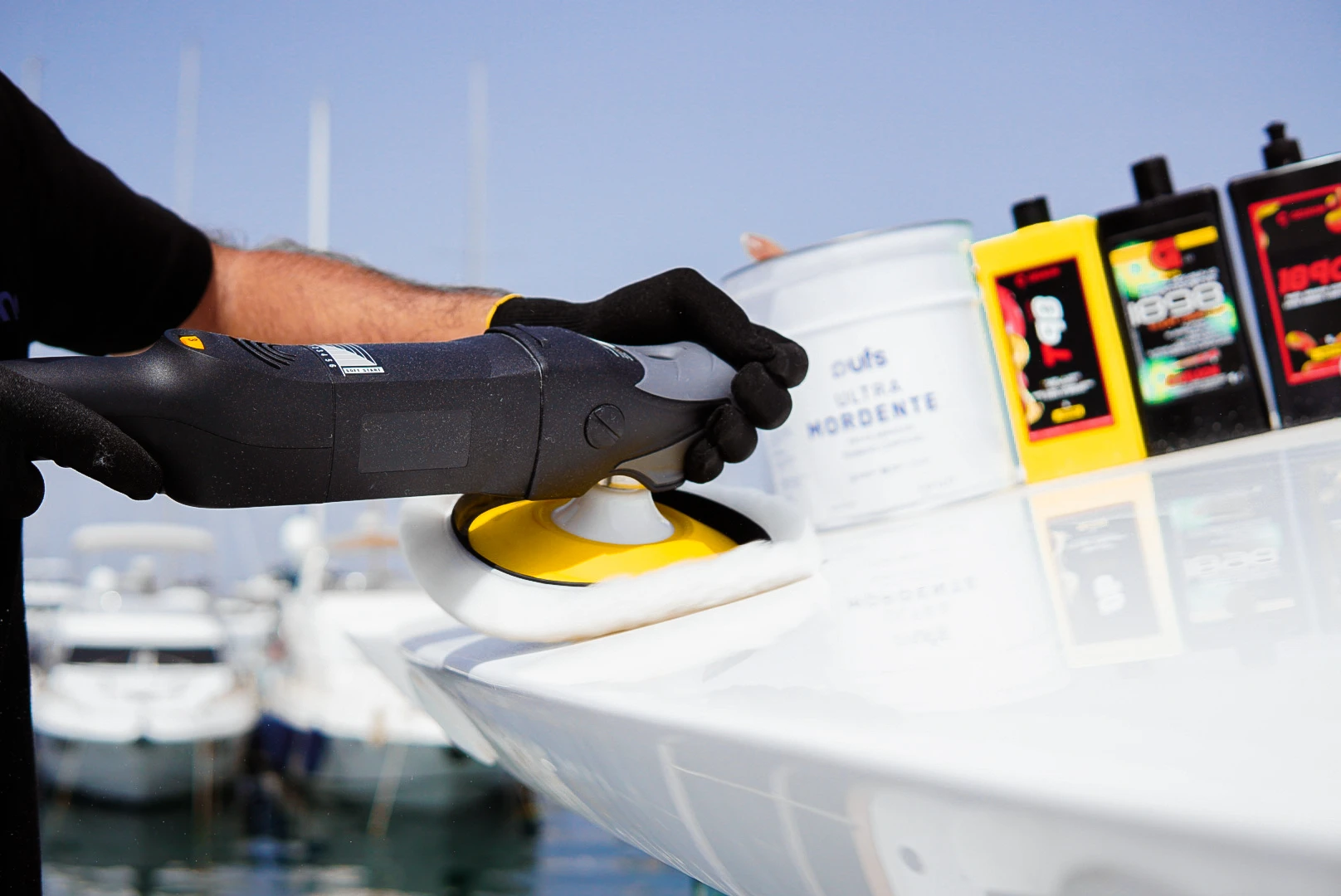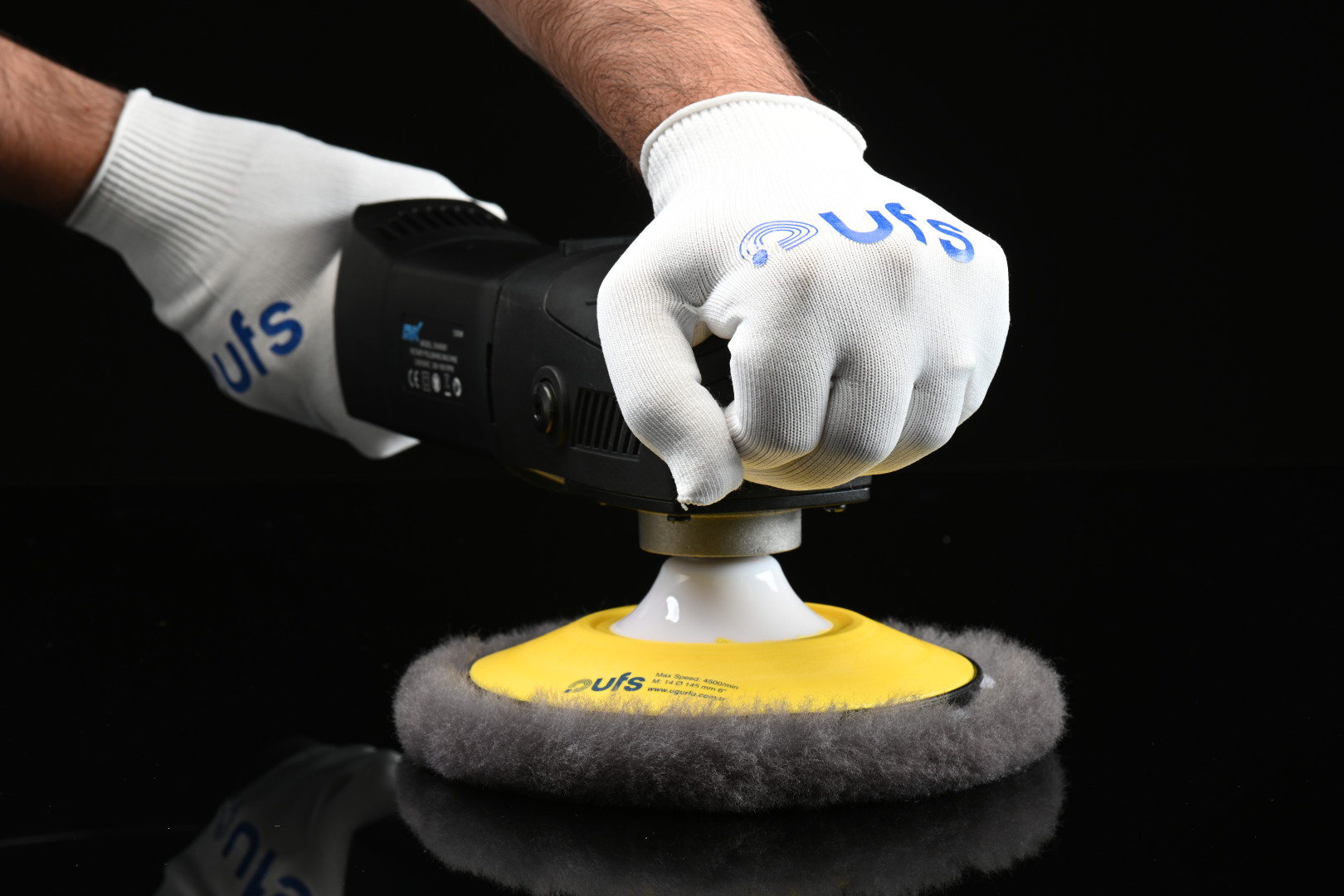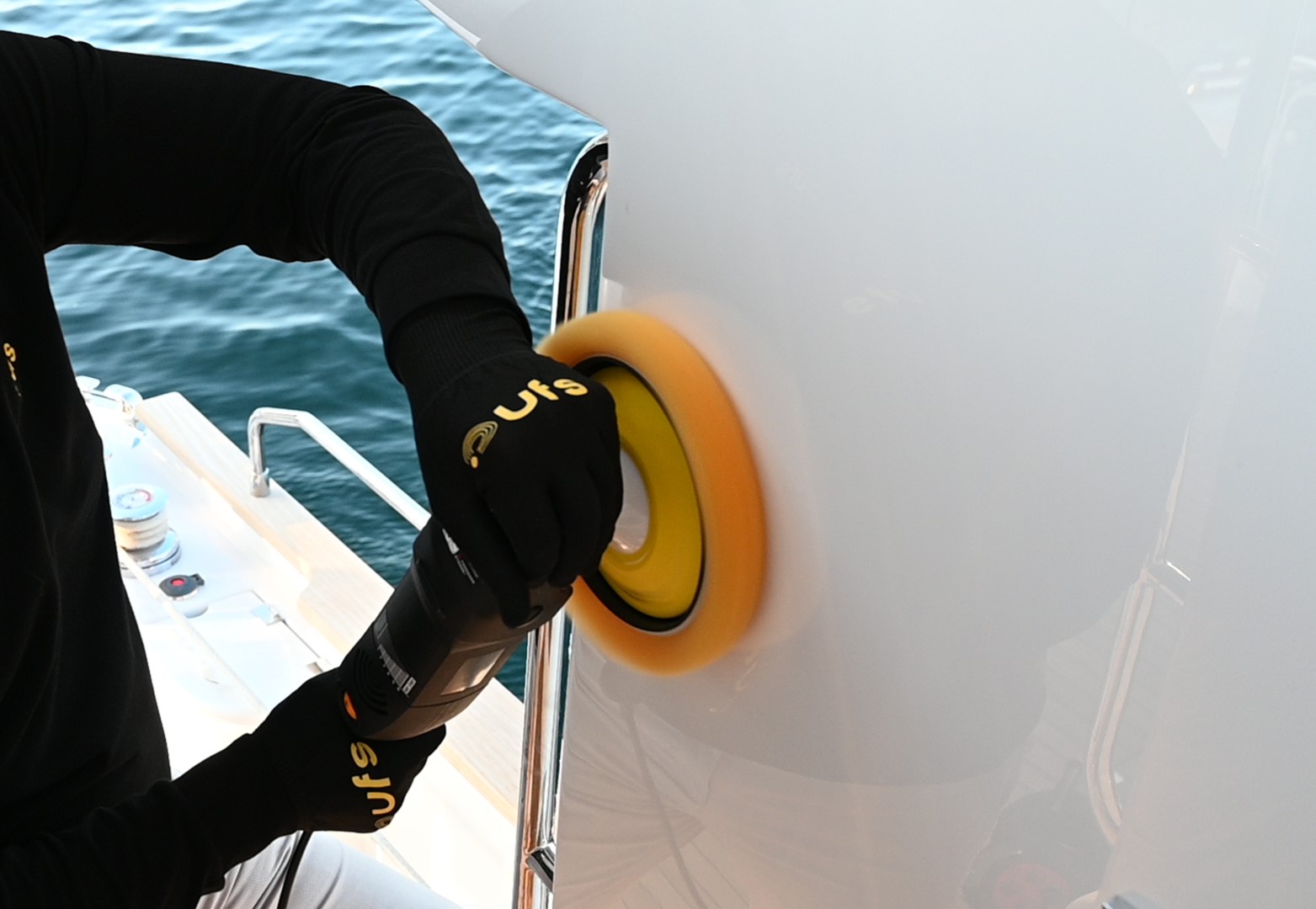
Polishing and waxing (commonly referred to as "pasta cila" in Turkish) is one of the most important aspects of car maintenance. This process helps protect your car's paint, enhance its aesthetic appearance, and remove surface imperfections. Applying polish and wax is essential to preserving your car's value and keeping it looking new for a longer period.
Polishing and waxing is a special process applied to the exterior surfaces of vehicles. This procedure removes fine scratches, oxidation, and other minor imperfections from the paint, restoring the car's original shine and color. Additionally, it protects the exterior surface of the vehicle from environmental factors, ensuring the paint remains looking new for longer. This process provides an extra protective layer against harmful UV rays from the sun, acid rain, and other external elements. Polishing and waxing not only improves the car's overall appearance but also extends the life of the paint and increases the vehicle's resale value.
Why is Polishing and Waxing Applied to Cars?
Polishing and waxing is a method used to improve the appearance of a car's exterior surfaces. This process removes fine scratches and oxidation marks from the paint, restoring the car's original shine and color. Additionally, it protects the exterior surface from environmental factors, ensuring the paint remains looking new for longer. This process also provides an extra protective layer, especially against harmful UV rays and acid rain.
Furthermore, polishing and waxing remove minor scratches and blemishes on the car's surface, enhancing the car's aesthetic value. This is particularly important in the used car market, as it helps maintain the car's value and makes it more appealing to potential buyers. Polishing and waxing also protect the car's paint from external factors, reducing the risk of rust and corrosion. This is particularly important for cars exposed to salt and other chemicals during the winter months. In the long term, regular polishing and waxing extend the lifespan of your car's paint and reduce overall maintenance costs.
Effects of Polishing and Waxing on the Car
Polishing and waxing remove minor imperfections from the car's surface, giving it a smoother and shinier appearance. This process provides an extra protective layer, especially against harmful UV rays and acid rain. Polishing and waxing protect the car's paint from environmental factors, preventing color fading and oxidation. This not only improves the car's overall appearance but also extends the life of the paint and increases the vehicle's resale value. Additionally, the process helps water run off the surface more easily, making it harder for dirt and dust to stick to the car. This keeps your car cleaner and reduces the frequency of washing.
Moreover, polishing and waxing add a protective layer to the car's paint, reducing the risk of future scratches and damage. This protective layer makes the car's paint more resistant to weather conditions, bird droppings, tree sap, and other external factors. As a result, your car's paint will maintain its new and shiny appearance for longer. The process also removes air bubbles and paint chips from the surface, creating a smoother finish, which is particularly important for detailed and professional car maintenance.
Paint Protection and Restoration
Paint protection and restoration are crucial for maintaining and enhancing the aesthetic appearance of your car. Polishing and waxing form the foundation of this process. Over time, exposure to environmental factors such as sunlight, acid rain, and road salt can cause paint to deteriorate and become dull. Polishing and waxing minimize these effects, restoring the paint's original shine and vibrancy. This process also removes micro scratches and blemishes, making the car look newer and well-maintained.
Paint protection and restoration also add a protective layer to the car's paint, keeping it durable and shiny for longer. Polishing and waxing make the paint more resistant to UV rays and other harmful external factors, preventing color fading and oxidation. This helps maintain the car's overall value. Additionally, the process helps water run off the surface more easily, making it harder for dirt and dust to adhere to the car and making cleaning easier.
Removing Surface Imperfections
Removing surface imperfections is one of the key benefits of polishing and waxing. Over time, due to various external factors, car paint can develop scratches, blemishes, and other minor flaws. Polishing and waxing effectively remove these surface imperfections, renewing the car's paint and providing a smooth finish. This process is particularly effective in correcting visual flaws such as fine scratches, light oxidation, and surface stains. Polishing and waxing bring out the original color and shine underneath the paint, enhancing the car's overall aesthetic value.
The process of removing surface imperfections starts with applying a fine abrasive material to the car's surface. This material gently removes micro scratches and imperfections from the top layer of paint. The surface is then smoothed and polished, giving the car a newer and more maintained appearance. Polishing and waxing also eliminate air bubbles and paint chips on the surface, creating a smoother finish. This process renews the protective layer on the car's surface, reducing the risk of future scratches and damage. As a result, removing surface imperfections with polishing and waxing protects your car's paint and provides long-lasting shine and smoothness.
What Happens If You Don't Polish and Wax?
If you do not polish and wax your car, the paint may gradually deteriorate. Micro scratches and dullness on the paint negatively affect the car's overall appearance. Without polishing and waxing, these minor imperfections can deepen over time, causing further damage to the paint. Additionally, the protective layer on the paint wears off over time, making the paint more vulnerable to environmental factors. UV rays from the sun, acid rain, and other external elements can cause fading, stains, and oxidation on unprotected paint. This reduces the car's aesthetic value and negatively affects its resale value.
Moreover, not polishing and waxing your car can lead to easier accumulation of dirt and dust on the surface. This requires more frequent washing, which can result in extra friction and wear on the paint. Failing to polish and wax regularly can cause the car's paint to age and dull more quickly over time. This is especially important for high-quality or special-color paints, as reapplying such paints can be costly. Polishing and waxing help prevent such costs and keep your car's paint protected for longer.
When Should You Polish and Wax?
Polishing and waxing are typically done when the car's paint becomes dull, scratched, or shows other surface imperfections. This process is ideal for removing fine scratches and oxidation marks from the car's exterior. Polishing and waxing are also used to correct fading and color changes caused by prolonged exposure to the sun. This process is often chosen during routine vehicle maintenance or for special occasions, such as improving the car's appearance before a sale or a special event. It enhances the car's overall aesthetic value, making it more attractive and well-maintained.
Benefits of Polishing and Waxing
Polishing and waxing offer many benefits. First, this process protects the car's paint and removes minor scratches, stains, and other imperfections on the surface. This improves the car's overall appearance and keeps the paint looking new for longer. Polishing and waxing also add extra shine and vibrancy to the car's paint, enhancing its aesthetic value and providing a more appealing appearance.
Additionally, polishing and waxing protect the car's paint from environmental factors, extending the paint's lifespan in the long term. UV rays from the sun, acid rain, and other external elements can damage the paint, but polishing and waxing reduce these effects, preventing fading and oxidation. This protection helps water run off the surface more easily, making it harder for dirt and dust to stick to the car. This keeps your car cleaner and reduces the frequency of washing. Polishing and waxing also remove micro scratches and minor surface imperfections, revealing the original color and shine beneath the paint.
Polishing and waxing also increase the car's resale value. A well-maintained and regularly waxed car becomes more attractive to potential buyers. This is particularly important in the used car market, where the car's exterior appearance plays a significant role in buyers' decision-making processes. Polishing and waxing contribute to the car's overall maintenance, helping it look new for longer and sell at a higher value. Furthermore, regularly polishing and waxing extend the lifespan of the car's paint, reducing overall maintenance costs.
Frequently Asked Questions
Does polishing and waxing remove scratches?
Yes, polishing and waxing effectively remove fine scratches and minor surface imperfections from the car's paint. However, this process may not be sufficient for deep scratches, which may require professional repair.
Is polishing and waxing necessary?
While polishing and waxing are not strictly necessary to protect your car's paint and improve its appearance, they are recommended. This process extends the lifespan of the car's paint and helps maintain its overall value.
What does polishing and waxing remove?
Polishing and waxing remove fine scratches, light dullness, surface stains, and other minor imperfections on the car's paint. They also remove oxidation marks from the paint, restoring the car's original shine and color.


.JPG)
.JPG)
